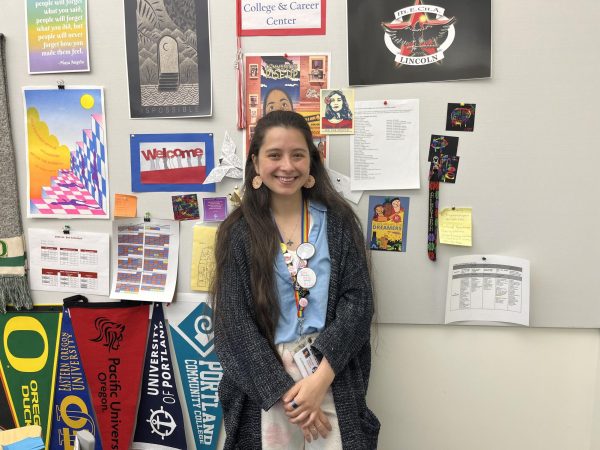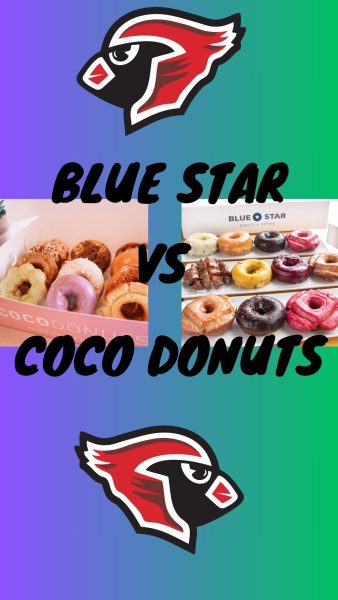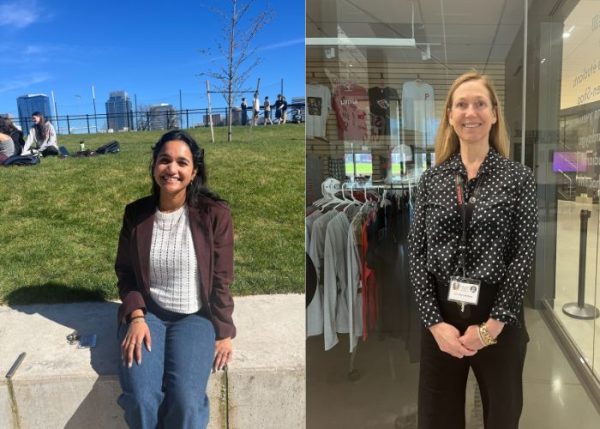Kicker hopes for college recruitment
Last summer, Lincoln High School junior Ben Pahl spent a week in Las Vegas. He wasn’t there for the casinos or the entertainment. Instead, he was there to kick, and is hoping the experience might someday help him get recruited by a college football program.
Pahl, a member of the Lincoln High School football team that made the OSAA playoffs last fall, made the trip to attend the Chris Sailer Kicking Camp. He wanted to improve his place-kicking talents and raise his profile as a potential college athlete.
As Pahl said, “people (from) all across the country come to get exposure to college coaches” at camps such as Sailer’s.
Pahl knows the chances of being recruited are slim, especially as a kicker. However, if he has any hope of being asked to join a college program, he knows that building skills is part of the process. Like other athletes and coaches, he also knows that the recruiting process has become major part of the landscape in college athletics.
As a high school athlete, Pahl’s efforts represent just one part of the recruiting picture. Other key roles are played by high school coaches and college coaches.
For his part, Pahl appears to be off to a good start. Last fall, after attending the camp, he was one of two kickers on the varsity Lincoln team that finished 8-1 in the regular season, won the Portland Interscholastic League title, and made it to the second round of the 6A OSAA playoffs.
Pahl knows that, in order to play at colleges that he wants to go to, he needs to be able to solidify his fundamentals, so he decided to go to multiple different camps throughout the country.
Pointing to a bracelet on his right wrist that he received at the camp, Pahl talked about about what it was like to practice in a facility in Vegas with coaches and cameras monitoring him.
Pahl noticed a difference between the regional camp he attended at Liberty High School in Seattle, and Sailer’s camp, which was a, “fun experience, definitely a test of skill under pressure.”
Pahl said the difference in skills between those attending the regional camp and the national one was noticeable.
He is now getting emails from coaches, but mostly from NCAA Division III schools. NCAA Division III schools are smaller colleges that don’t offer athletic scholarships.
“(I) get a lot of emails from DIII schools,” and as he says this, he chuckles, and says firmly that “[I have] no interest in DIII.” Pahl hopes that he can get into an NCAA Division I school, a big university that does give out scholarships. But he also knows the chance of that happening is small.
Nonetheless, there is a chance, and even if he doesn’t get a scholarship, Pahl hopes to eventually walk-on at Oregon State, if he goes there. Pahl repeated the idea that the Chris Sails camp will help him in the long run because, “The camps help with recruiting, it also helps with walking on at a DI school”.
Pahl said Wes Warren, the head coach at Lincoln, is committed to helping his players get noticed by colleges.
“Wes is good with helping with recruiting, does a great job,[and he] does it with a lot of players”. Warren and Pahl have talks together and part of that is grades.
“[We] will have recruiting talks and in those, he makes sure to talk about grades in relation to school.” These talks also show another part of recruiting: coaches want players to not only be sport smart, but book smart, as well.
Warren said he has seen a lot of changes in the recruiting process since he started coaching at Bellevue High School in the Seattle area.
He talked about how recruiting has changed over the years and how coaches play a role into recruiting. He said that back in the early 1990s, it was much more difficult to get information about high school players to college coaches.
“[You] would would send (VHS tapes) through the mail in a giant Fedex box and hope that they would get around to watching it,” he said.
With advances in digital technology, things are much simpler.
“Now, after a game, a coach may just upload game film, and each player from their home can watch it, and create a highlight reel to send it to college coaches” Warren said.
Another improvement, he said, is the development of technologies like Skype.
Skype means that not only can high school coaches communicate better with college coaches, but also that the coaches can include high school athletes in conference calls.
Among those in the college ranks who take advantage of such technology, is Eric Reveno, the assistant men’s basketball coach at Georgia Institute of Technology, more commonly known as Georgia Tech.
A former coach at University of Portland and Stanford University, Reveno talked about some of the ways that college coaches work, and their work ethics. He pointed to Georgia Tech’s head coach, Josh Pastner, as an example.
“He is really goal oriented,” Reveno said. In a college environment that helps, because you are able to really tell what a coach wants to do, and you are able to recruit people that have a talent that you really need in your program.
Reveno also talked about the difference in recruiting at a smaller school such as University of Portland, and a bigger one, like Georgia Tech. He talked about how the staff at GT goes overseas to see talent and to see if they would be a good fit.
“I am definitely going overseas more,” he said, adding that when he was at Portland, there wasn’t a budget for “international travel”.
Reveno preached similar values and told similar stories to those of Warren, as he has noticed that the game has changed, from VHS tapes to emails from recruits.
What hasn’t changed, however, is that the chance of a student athlete being recruited by a big-time program is slim.
According to the NCAA, only 4 percent of all high school athletes will make it to the Division I collegiate level, and only 2 percent of those high school athletes will make it to professional levels of sports.
In terms of Lincoln, if every person was an athlete, out of 1,700 students at lincoln, only 68 would actually play a sport in college. In other words, a student-athlete has a statistically better chance of getting into Stanford, Harvard, Yale and Columbia, Princeton, Penn, Dartmouth or Tufts than becoming a NCAA Division 1 student-athlete.
That doesn’t deter Pahl from trying, however.
“Recruiting can be positive and negative, its judgy, if you’re a fantastic athlete you’ll love it [recruiting], and if not, you’ll dwindle,” he said. “It’s an introduction to life.”















